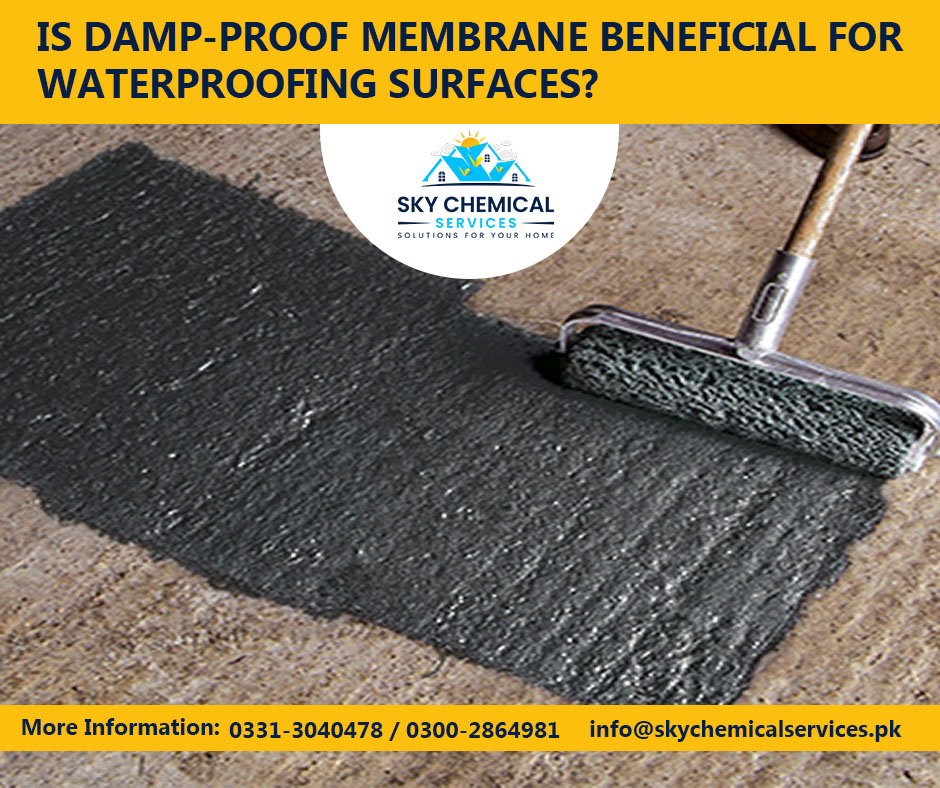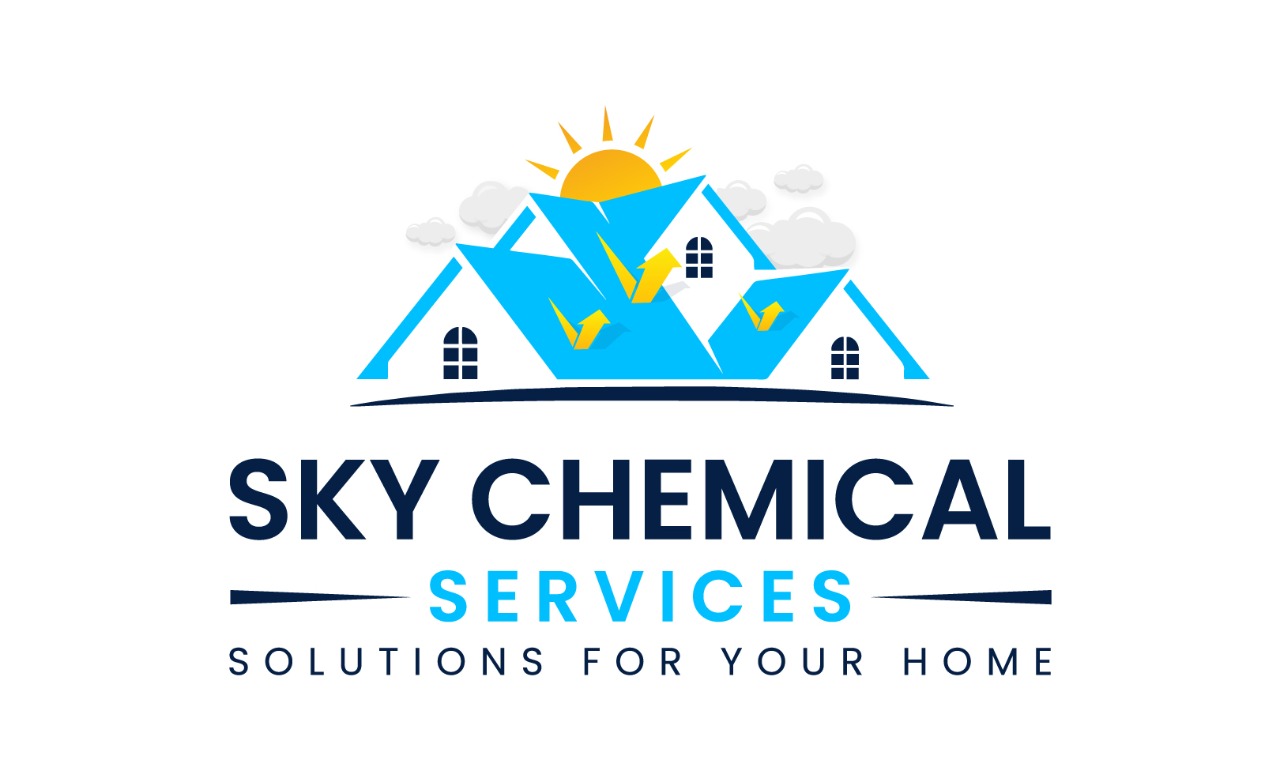
In the realm of the construction industry, the battle against moisture intrusion is a constant challenge. Dampness, whether from ground moisture, rainwater, or condensation, poses a significant threat to the integrity and longevity of structures. To combat the issue, Damp Proof Membrane (DPM) is used on a variety of surfaces.
Let’s Read On!
Understanding Damp Proof Membranes (DPMs)
A damp proof membrane is an impermeable barrier applied to protect surfaces against water ingress. Unlike a full waterproofing system that can handle more intense water exposure, a DPM is designed to resist dampness and minor water seepage. DPMs can be made from various materials, including polyethylene, polypropylene, bitumen, and PVC. Their thickness and composition depend on the specific application and the level of moisture resistance needed.
Benefits of Damp Proof Membranes
Moisture Prevention
The primary advantage of DPM is its ability to prevent moisture from transgressing into the surface. This is crucial in areas prone to high humidity, heavy rainfall, or waterlogged soil. By forming an impermeable barrier, DPMs shield the building from the detrimental effects of dampness.
Read More
How Do You Waterproof the Foundation From the Inside?
Why Should We Use Membrane Waterproofing?
Is Waterproofing Necessary After Laying the Foundation?
Extended Lifespan
Dampness is a silent enemy that gradually weakens building materials over time. By employing a DPM, the lifespan of a structure is significantly extended. The prevention of water ingress ensures that materials like wood, concrete, and metal remain structurally sound, reducing the need for costly repairs or replacements.
Improved Air Quality
Dampness can lead to mold and mildew growth, which not only damages surfaces but also degrades indoor air quality. These fungi release spores that cause respiratory issues and allergic reactions: A properly installed DPM curtails the conditions conducive to mold growth, fostering a healthier indoor environment.
Energy Efficiency
Dampness can compromise the insulation properties of materials, leading to increased energy consumption. By eliminating moisture infiltration, a damp proof membrane helps to improve energy efficiency and lower utility bills.
Ease of Installation
DPMs are easy to install in closed structures. They can be applied as sheets, rolls, or sprays, depending on the material and surface. This application reduces construction timelines and labor costs.
Types of Damp Proof Membranes
Sheet Membranes
Sheet membranes are made from high-density polyethylene (HDPE), polypropylene (PP), or bituminous materials. They are available as pre-formed sheets or rolls that can be laid over surfaces. Sheet membranes are used in locations like basements and attics.
Liquid Membranes
Liquid-applied membranes offer versatility in application. They can be sprayed, brushed, or rolled onto surfaces, allowing for a seamless and customized coverage. Liquid membranes are often used on roofs, balconies, and other surfaces where sheet membranes are hard to manage.
Read More
How Many Layers of Waterproofing Should be Applied?
Which Cement is Used for Roof Treatment?
What is Crystalline Waterproofing? How is it Applied?
Cementitious Membranes
Cement-based membranes constitute of cement, sand, and polymer additives. When applied, they create a flexible and waterproof layer that adheres well to concrete substrates. Cementitious membranes are used in areas with high moisture exposure, such as bathrooms and swimming pools.
Considerations for Effective Implementation
Surface Preparation
Proper surface preparation is vital for the successful installation of a DPM. Surfaces should be clean, smooth, and free of any debris or contaminants that might hinder adhesion.
Compatibility
The DPM material must be compatible with the surface it’s being applied to. Compatibility ensures long-term effectiveness and prevents deterioration due to chemical reactions.
Professional Installation
While DPMs can be easy to install, professional expertise ensures proper application, especially in complex or critical areas.
Thickness and Coverage
The thickness of the DPM and its coverage area should be based on the risks attached to moisture. High-risk areas might require thicker membranes or additional layers.
Maintenance
Although DPMs are durable, regular inspections and maintenance are crucial to identify any signs of damage or degradation. Addressing issues ensures consistent moisture protection.
Conclusion
Damp Proof Membranes play a crucial role in protecting structures from the detrimental effects of dampness and moisture infiltration. Their benefits extend to preventing mold growth, prolonging the lifespan of materials, improving indoor air quality, and contributing to energy efficiency. With various types available, DPMs offer flexibility in application and can be tailored to different construction needs.
Contact Sky Chemical Services for an appointment today!
